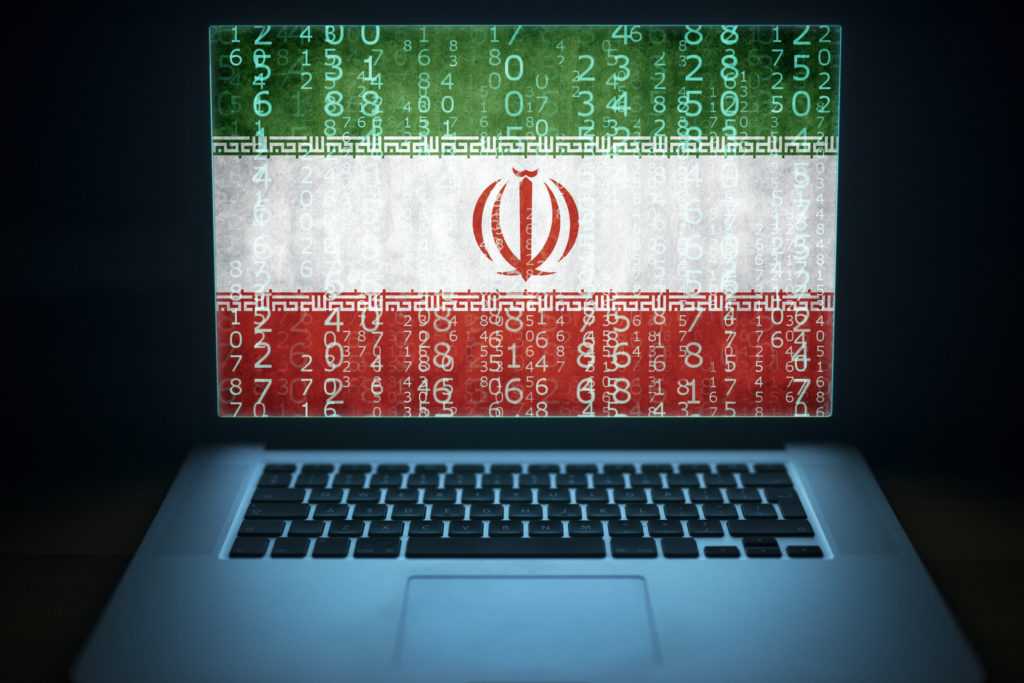Offer Iranian Freedom Fighters the Connectivity Beijing Wants to Take Away

Originally published by Newsweek – By Victoria Coates and Robert Greenway
The Iranian regime is shutting down the internet yet again this month—this time in response to the desperate protests in the Baluchistan and Sistan provinces. Tehran is methodically implementing a repressive playbook, imported at great expense from Beijing: first, label protesters as criminals; second, shut down the internet to prevent information from getting in or out; third, detain, torture and murder with impunity until the uprising is exhausted. But this time, the United States has the technology, resources and capacity to circumvent this oppression via satellite-provided internet, and give the Iranian opposition the ability to communicate freely. Deploying this capability would send the strongest possible message to the region and the world that America stands with those fighting for their freedom.
Also this month, perhaps not coincidentally, it was reported that the People’s Republic of China is ramping up efforts to dominate the emerging frontier of satellite internet access. Presumably, the move reflects Beijing’s concern that this new capability would undermine the regime’s “great firewall” and put at risk the PRC’s, and its clients’, ability to isolate and fragment domestic resistance. Given our experience with Huawei and the 5G network, this should motivate the United States to exploit, not surrender, our technological edge to give the people of Iran a voice, but also to potentially offer it to others from Venezuela to Burma.
In June 2009, thousands of brave Iranians took to the streets to protest an obviously fraudulent presidential election. The strength and size of the protests took the Iranian regime by surprise, and the mullahs moved swiftly and brutally to suppress this “Green Revolution.” Over the next decade under President Hassan Rouhani, who masterminded the suppression of the 1999 student revolt, Tehran, supported by Beijing, systematically built up a modern police state to monitor and break up any attempted uprising. When protests flared up again in late 2019, the regime was ready. Only, this time its tools were not only arrests, torture and execution—although these were aggressively employed—but also communications. In an unprecedented act of censorship, Tehran cut off the nation’s internet for more than three days by shutting down the state-controlled National Information Network (NIN), effectively silencing protesters’ attempts to organize and communicate.
From our positions on President Donald Trump‘s National Security Council Staff at the time, it was intensely frustrating not to have a ready-made response to the mullahs’ suppression of the Iranian people’s ability to receive and transmit information. The Trump administration was outspoken in support of the demonstrations and in condemnation of the regime’s draconian tactics, but we could not restore the communications protesters desperately needed to sustain their efforts.
Click HERE to read more.
- When David Met Lisa - December 20, 2021
- Why the United States, not China, needs to shape Middle East policy - December 20, 2021
- Victoria Coates on the confusion in Natanz - December 10, 2021
